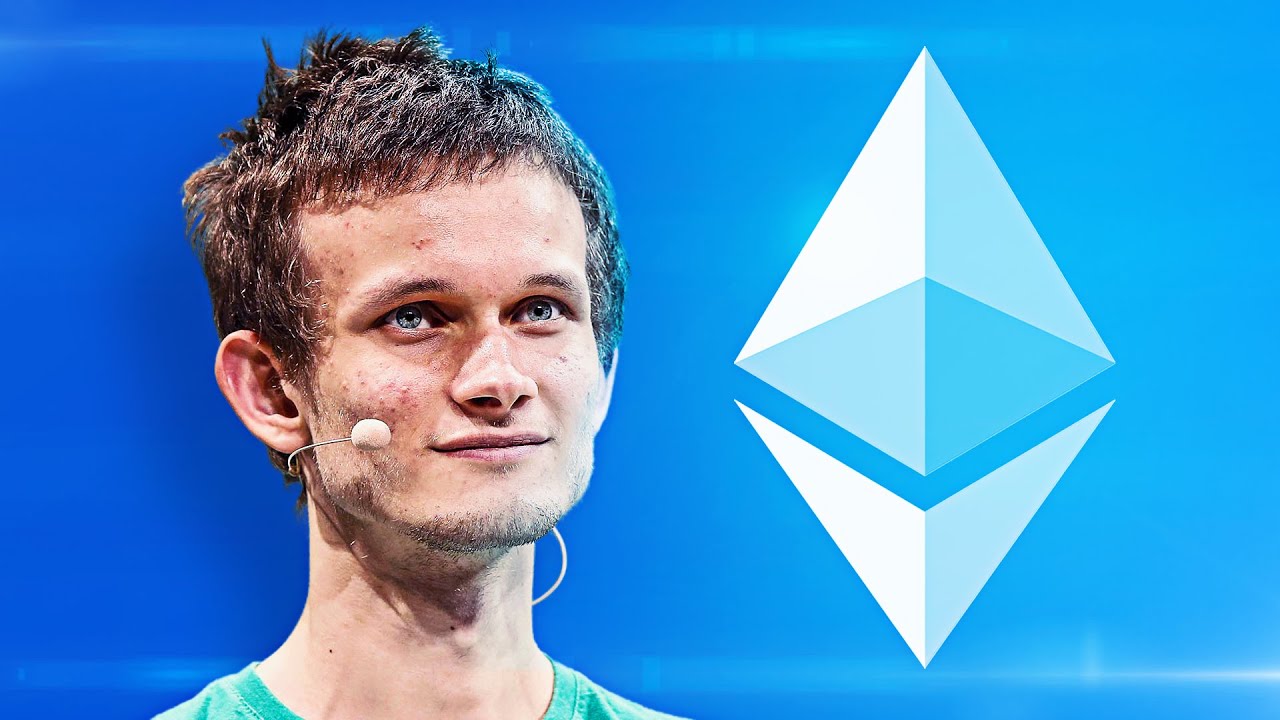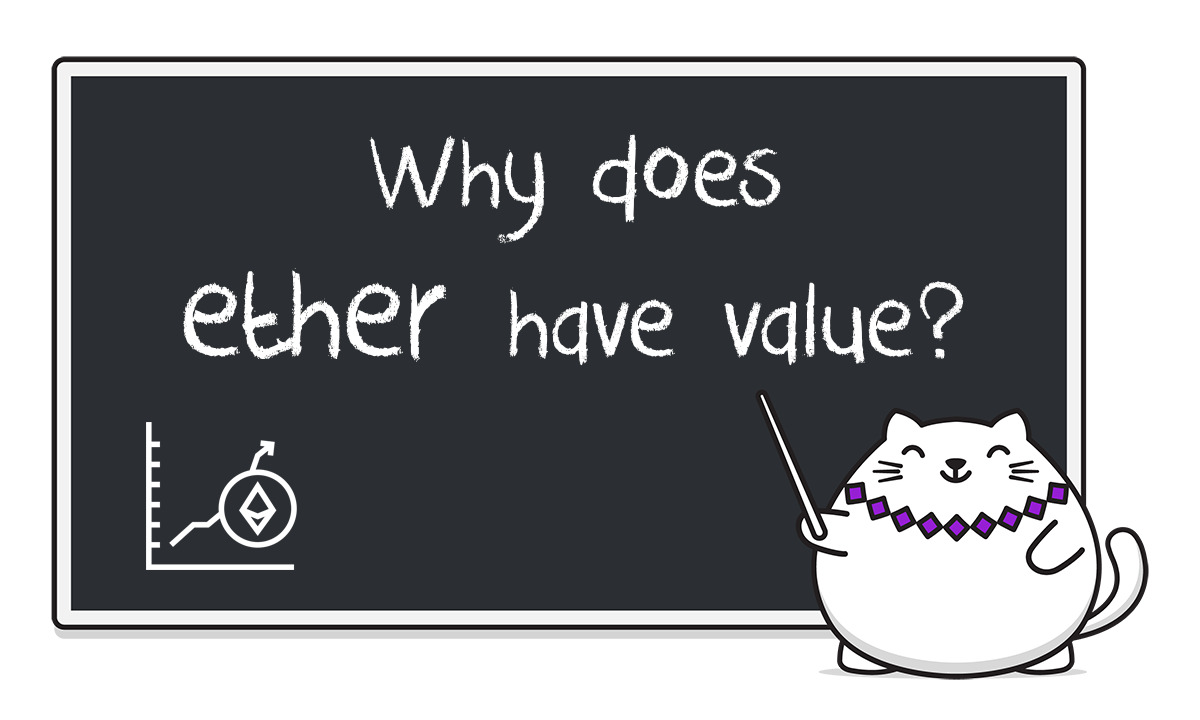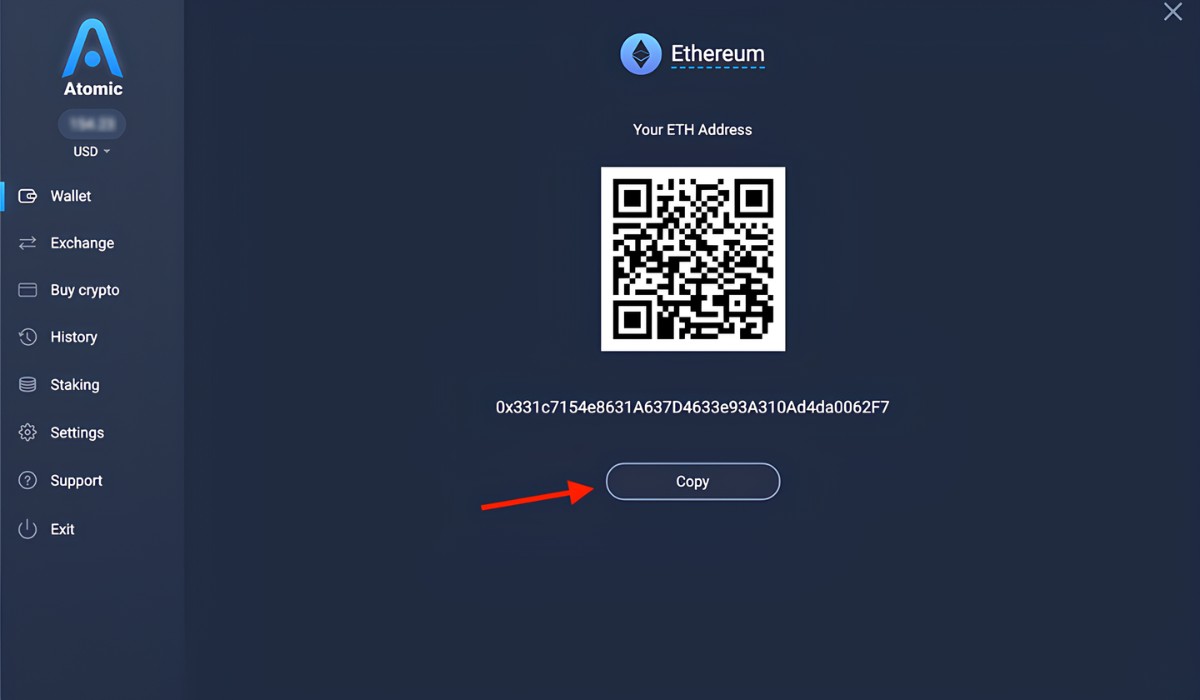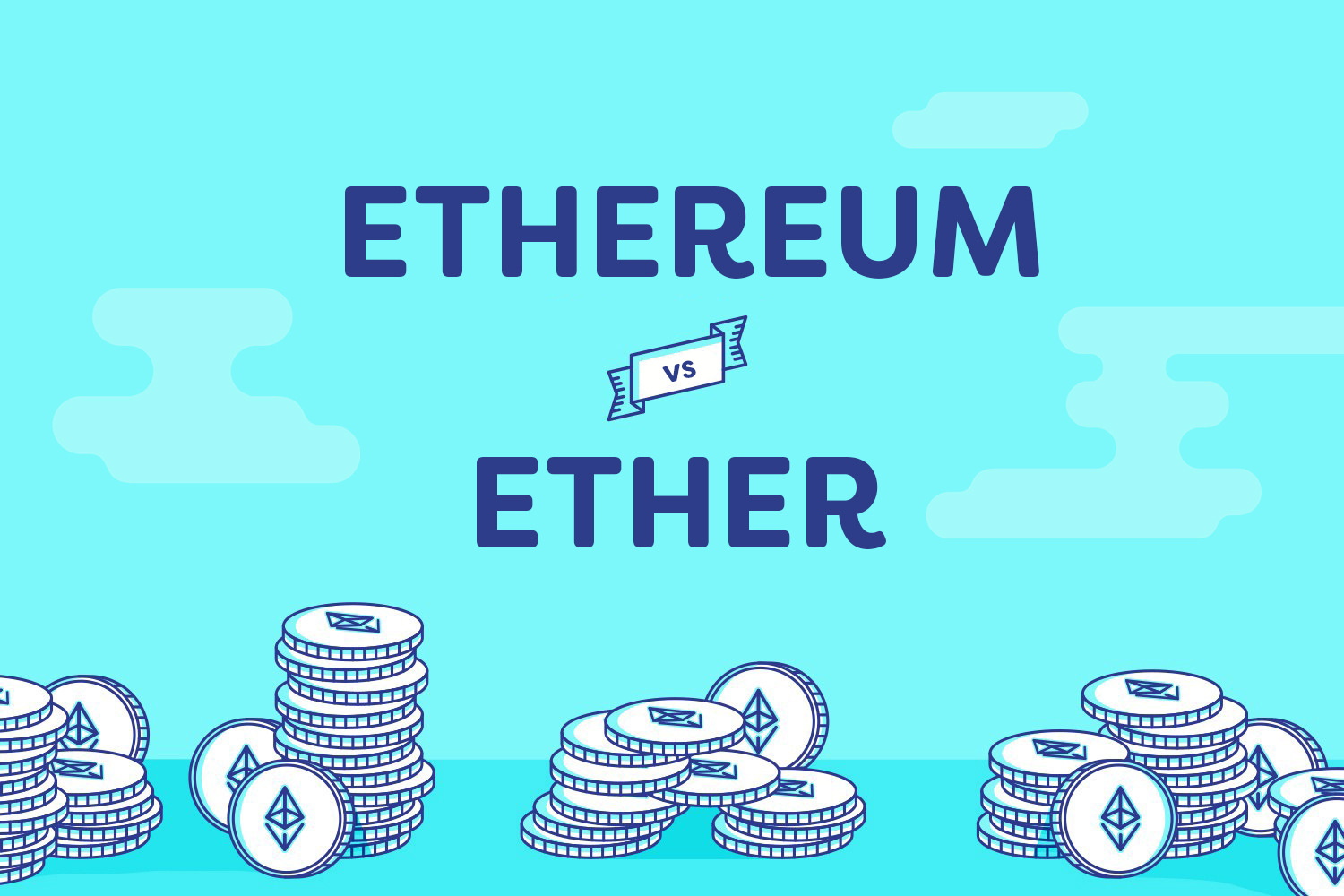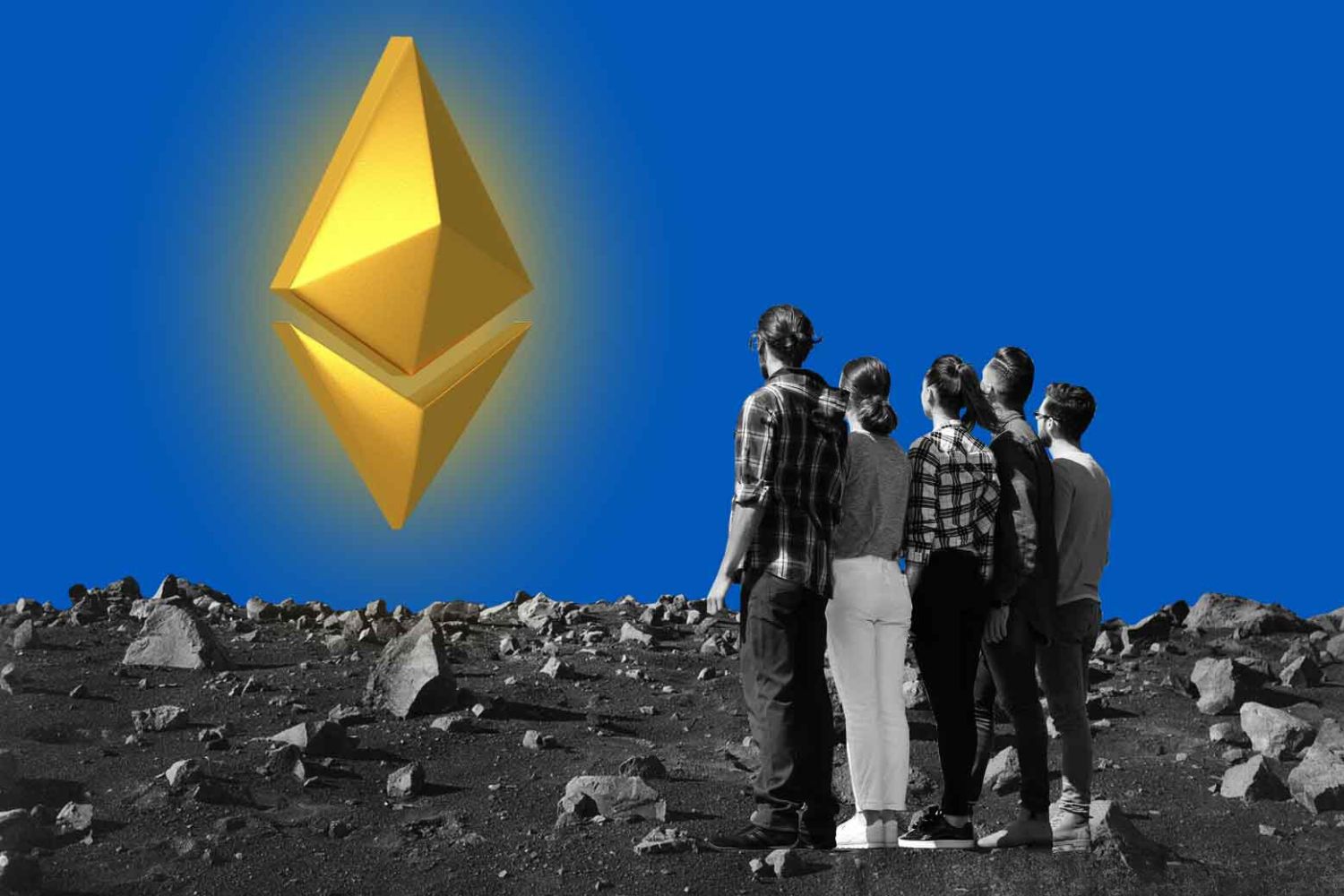Introduction
Ethereum, the world’s second-largest cryptocurrency by market capitalization, has gained widespread recognition and popularity since its inception. Created by Vitalik Buterin in 2015, Ethereum introduced a revolutionary concept that goes beyond serving as a digital currency like Bitcoin. It is a decentralized platform that enables the development and execution of smart contracts and decentralized applications (DApps) on its blockchain.
Ethereum’s creation was driven by the need for a more versatile and programmable blockchain. Bitcoin, the pioneer of cryptocurrencies, paved the way for decentralized digital currencies. However, its blockchain was primarily designed for financial transactions, limiting its potential for broader applications. Ethereum aimed to address this limitation by introducing a blockchain that served as a decentralized computing platform.
What sets Ethereum apart is its ability to execute Turing-complete smart contracts. These contracts are self-executing agreements with predefined conditions. Once the conditions are met, the contract automatically executes the agreed-upon actions. This feature opened up a myriad of possibilities, enabling developers to create decentralized applications that operate autonomously and securely without the need for intermediaries or central authorities.
Ether (ETH) is the native cryptocurrency of the Ethereum network and is used to facilitate transactions and pay for computational services on the network. It serves as both a digital currency and a utility token, fueling the Ethereum ecosystem.
Since its launch, Ethereum has witnessed significant growth and has become a driving force in the world of blockchain and cryptocurrencies. Its versatile nature, combined with its active and vibrant developer community, has led to the creation of numerous innovative projects and applications that have the potential to revolutionize various industries.
Throughout this article, we will delve deeper into the origins of Ethereum, explore its key features, and discuss its future potential. By understanding the foundations and evolution of Ethereum, we can gain insights into the impact it has had and continues to have on the world of decentralized applications and blockchain technology.
Early Beginnings
The seeds of Ethereum were sown in late 2013 when a young programmer named Vitalik Buterin published a whitepaper outlining his vision for a new blockchain platform. At the time, Buterin saw the limitations of Bitcoin and recognized the potential for a more robust and programmable blockchain system.
Buterin’s proposal garnered attention within the cryptocurrency community, and with the support of like-minded individuals, he set out to turn his vision into a reality. In early 2014, Buterin co-founded Ethereum along with several other notable figures including Gavin Wood, Joseph Lubin, and Charles Hoskinson.
The team behind Ethereum aimed to create a platform that would enable the development of decentralized applications and smart contracts. They wanted to provide developers with a more flexible and powerful system that could go beyond simple financial transactions. Their goal was to build a decentralized, programmable blockchain that could support a wide range of applications.
To fund the development of Ethereum, the team organized a crowd sale in July 2014. The sale offered Ether tokens, the native currency of Ethereum, in exchange for Bitcoin. This Initial Coin Offering (ICO) raised over $18 million, laying the foundation for the development of the Ethereum network.
With the funds secured, the Ethereum team began working on building the infrastructure and protocols necessary for the platform. By the end of 2014, they released the Ethereum Yellow Paper, which outlined the technical specifications of the Ethereum Virtual Machine (EVM) and the Ethereum protocol.
During this early stage, Ethereum faced numerous challenges and setbacks. The complexity of the project and the ambitious goals set by the team posed significant hurdles. However, their dedication and perseverance paid off, and Ethereum was officially launched on July 30, 2015.
With the launch of Ethereum, developers and entrepreneurs around the world now had the tools and platform they needed to bring their innovative ideas to life. This marked the beginning of a new era in blockchain technology, one that would see the rise of decentralized applications and smart contracts.
The early days of Ethereum were filled with excitement and anticipation for what the future held. However, little did anyone know that Ethereum’s impact would be far-reaching, serving as a catalyst for the growth and development of the entire blockchain industry.
The Creation of Ethereum
The creation of Ethereum can be attributed to the visionary mind of Vitalik Buterin, a young programmer who recognized the limitations of existing blockchain platforms like Bitcoin and sought to build something more versatile and programmable.
In late 2013, Buterin published the Ethereum whitepaper, outlining his vision for a decentralized blockchain platform that could support the development of smart contracts and decentralized applications (DApps). Inspired by the success and potential of Bitcoin, Buterin aimed to take the concept of blockchain technology to the next level.
With the help of a talented team of developers and blockchain enthusiasts, Buterin founded Ethereum in early 2014. The team shared a common goal – to create a blockchain platform that was not just a digital currency, but a programmable platform that could execute complex applications on the blockchain.
The development of Ethereum was primarily driven by the need for a more versatile and feature-rich blockchain platform. Though Bitcoin revolutionized digital currencies, it had limitations in terms of functionality and programmability. Ethereum sought to address this by creating a blockchain that could support a broader range of applications and use cases.
To fund the development of Ethereum, the team organized an Initial Coin Offering (ICO) in July 2014. Participants in the ICO could exchange Bitcoin for Ether (ETH), the native cryptocurrency of the Ethereum network. This ICO raised over $18 million, providing the necessary resources to turn the Ethereum vision into reality.
Over the next year, the Ethereum team worked diligently to develop the necessary infrastructure and protocols for the platform. They released the Ethereum Yellow Paper, which detailed the technical specifications of the Ethereum Virtual Machine (EVM), the fundamental computing engine of the Ethereum network.
The Ethereum Virtual Machine (EVM) was a groundbreaking innovation introduced by Ethereum. It is a runtime environment that enables the execution of smart contracts on the blockchain. Smart contracts are self-executing agreements that are coded to automatically execute predefined actions once certain conditions are met. This feature made Ethereum a game-changer, as it allowed for the creation of decentralized applications and services that can operate autonomously and securely on the blockchain.
Ethereum officially launched on July 30, 2015, marking the birth of a new era in the blockchain industry. With its robust infrastructure and smart contract capabilities, Ethereum quickly gained attention and became a breeding ground for innovation.
The creation of Ethereum has paved the way for countless projects, collaborations, and technological advancements in the blockchain space. Its impact and influence have extended far beyond the realm of cryptocurrencies, inspiring developers and entrepreneurs to explore the possibilities of decentralized applications and revolutionize various industries.
As Ethereum continues to evolve and improve, it remains at the forefront of blockchain innovation, pushing the boundaries of what is possible with decentralized technologies.
The Ethereum Virtual Machine (EVM)
At the core of the Ethereum ecosystem is the Ethereum Virtual Machine (EVM), a powerful and Turing-complete computational engine. The EVM is responsible for executing smart contracts and running decentralized applications (DApps) on the Ethereum blockchain.
The EVM operates as a sandboxed environment, providing a secure and isolated execution environment for smart contracts. It ensures that the code running on the Ethereum network is trusted and reliable, without putting the underlying blockchain or network at risk.
One of the key features of the EVM is its ability to execute smart contracts written in Solidity, Ethereum’s native programming language. Solidity is specifically designed for building decentralized applications and has a syntax that resembles JavaScript, making it accessible to a wide range of developers.
Smart contracts deployed on the Ethereum network are stored in the EVM, and their code is immutable and tamper-proof. Once a smart contract is deployed, it cannot be modified or altered. This ensures that the rules and behavior defined within the contract remain consistent and transparent over time.
When a user interacts with a smart contract, the EVM verifies the integrity of the contract code and ensures that the desired operation is valid. If the conditions are met, the contract is executed, and the desired outcomes are triggered automatically without the need for intermediaries.
The EVM is designed to be deterministic, meaning that given the same inputs, it will always produce the same outputs. This deterministic nature ensures that smart contracts can be trusted to behave exactly as intended, without any ambiguity or unpredictability.
The EVM also implements a gas system to manage computational resources on the Ethereum network. Gas is a measure of computational work required to execute operations within the EVM. Every operation in a smart contract consumes a certain amount of gas, and users must provide enough gas to cover the cost of their desired transaction. This gas system helps prevent spam and abuse by ensuring that users pay for the computational resources they consume on the network.
Overall, the Ethereum Virtual Machine (EVM) forms the backbone of the Ethereum network, enabling the execution of complex smart contracts and the operation of decentralized applications. Its secure and deterministic nature, combined with the gas system, ensures that the Ethereum ecosystem remains efficient, transparent, and resilient.
Smart Contracts
One of Ethereum’s most significant contributions to the blockchain landscape is the concept of smart contracts. Smart contracts are self-executing agreements that are written in code and stored on the Ethereum blockchain. These contracts automatically execute predefined actions once certain conditions are met, without the need for intermediaries or centralized authorities.
Smart contracts on the Ethereum network are written in Solidity, a Turing-complete programming language specifically designed for creating decentralized applications. Solidity’s syntax is similar to JavaScript, making it accessible to developers with a background in web development.
Smart contracts bring numerous advantages to the table. They enable the establishment of trust and ensure transparency in agreement execution, as the contract’s code is visible and accessible to all participants on the blockchain. This eliminates the need for intermediaries and reduces the risk of fraud or manipulation.
Smart contracts also offer automation, efficiency, and cost savings across various industries. For example, in the realm of finance, smart contracts can be used to facilitate and automate transactions, such as automatic payments or the distribution of assets based on certain conditions. In supply chain management, smart contracts can track and verify the provenance of goods, reducing the risk of counterfeit products and ensuring transparency.
Furthermore, smart contracts are immutable, once deployed on the blockchain, they cannot be altered or modified. This feature guarantees the integrity and consistency of the agreement, ensuring that the terms and conditions defined within the contract remain unchanged throughout its lifecycle.
However, as with any technology, smart contracts are not without challenges. The immutability of smart contracts means that any bugs or vulnerabilities in the code cannot be easily rectified. Therefore, thorough testing and auditing are crucial to ensure the reliability and security of smart contracts before they are deployed.
In recent years, there has been significant growth in the development and deployment of smart contracts on the Ethereum network. From decentralized finance (DeFi) protocols and non-fungible tokens (NFTs) to decentralized exchanges and prediction markets, the use cases for smart contracts are vast and continue to expand.
As Ethereum continues to evolve and improve, smart contracts are expected to play a crucial role in shaping the future of various industries. Their ability to automate processes, reduce costs, and ensure trust and transparency has the potential to transform traditional business models and empower individuals on a global scale.
Initial Coin Offering (ICO)
One of the key milestones in Ethereum’s history is the successful implementation of the Initial Coin Offering (ICO) model to fund the development of the platform. The Ethereum ICO, held in July 2014, raised over $18 million, becoming one of the most notable crowdfunding events in the cryptocurrency industry at the time.
The concept of an ICO revolves around the sale of tokens or coins to early adopters and investors in exchange for established cryptocurrencies, usually Bitcoin or Ether (ETH). These tokens represent a stake or ownership in the project or platform being developed.
Ethereum’s ICO offered Ether tokens, the native currency of the Ethereum network, in return for Bitcoin contributions. This enabled the project to raise the necessary funds to support its development and expansion objectives. It also helped to distribute the ownership of Ether among a wide range of stakeholders, fostering a decentralized network from its inception.
The Ethereum ICO garnered significant attention and participation due to the innovative nature of the project and the potential it promised to bring to the blockchain industry. Early adopters recognized the value and utility of the Ether token and invested in the project, believing in the vision laid out by Vitalik Buterin and the Ethereum team.
One of the key advantages of the ICO model is its accessibility. Unlike traditional funding methods, ICOs provide an opportunity for anyone to invest in a project, regardless of their location or financial status. This democratization of investment and fundraising has contributed to the exponential growth of the cryptocurrency industry as a whole.
However, ICOs are not without risks and challenges. Due to the lack of regulatory oversight and the potential for fraudulent projects, the ICO space has experienced its fair share of scams and failed ventures. Investors must exercise caution and conduct thorough due diligence before participating in any ICO to mitigate these risks.
Despite the challenges, the Ethereum ICO served as a catalyst for the development and evolution of the Ethereum ecosystem. It provided the necessary financing to realize the ambitious goals of the project and introduced Ether as a valuable cryptocurrency in its own right.
Since then, the ICO model has further evolved, with various iterations and regulatory frameworks emerging in different jurisdictions. Projects built on the Ethereum platform, as well as other blockchains, have utilized ICOs as a means to raise funds and drive adoption. The ICO model has sparked innovation and transformed the fundraising landscape, opening up avenues for early-stage projects to secure the resources needed for growth and development.
The Ethereum ICO serves as a testament to the power of decentralized fundraising and the potential of blockchain technology to revolutionize traditional finance and investment models.
The Decentralized Applications (DApps) Era
The launch of Ethereum in 2015 marked the beginning of a new era in the blockchain landscape – the era of decentralized applications (DApps). Ethereum’s innovative platform allowed developers to build and deploy DApps on its blockchain, ushering in a wave of innovation and experimentation.
DApps are applications that operate on decentralized networks, utilizing the principles and advantages of blockchain technology. Unlike traditional applications that rely on centralized servers, DApps leverage the distributed nature of blockchain to offer increased transparency, security, and trustlessness.
One of the key features of DApps is their decentralized nature. DApps run on a blockchain and are not controlled by any single entity or authority. This ensures that the applications operate autonomously and are resistant to censorship or manipulation.
DApps also enable peer-to-peer transactions and interactions, facilitating direct interactions between users without the need for intermediaries. This opens up new possibilities for financial services, gaming, social media, supply chain management, and many other industries.
Ethereum’s smart contract functionality has been instrumental in the proliferation of DApps. Smart contracts enable the execution of predefined actions based on predefined conditions, without the need for human intervention. This automation ensures that DApps can operate seamlessly and reliably on the blockchain.
In the years following Ethereum’s launch, a multitude of DApps have emerged across various industries. Decentralized finance (DeFi) has been a particularly prominent use case, with DApps facilitating lending, borrowing, decentralized exchanges, yield farming, and more.
Other sectors, such as gaming, have also seen a surge in DApps. Blockchain-based games leverage the immutability and ownership capabilities of blockchain to offer unique gaming experiences and true ownership of in-game assets.
Moreover, social media platforms, content sharing platforms, and supply chain management systems have been developed as DApps, providing users with increased control over their data, content, and products.
The rise of DApps has also been accompanied by the emergence of DApp marketplaces and wallets, which serve as gateways for users to discover, access, and interact with various decentralized applications. These marketplaces provide a user-friendly interface that simplifies the process of exploring and utilizing DApps.
As the DApp ecosystem continues to mature, scalability and user experience have become key areas of focus. Ethereum itself has been working on solutions to address these challenges through upgrades like Ethereum 2.0, which aims to improve scalability and reduce transaction costs.
The DApps era has introduced a new paradigm in application development and usage. By leveraging the power of blockchain technology, DApps offer a decentralized and transparent alternative to traditional applications, empowering users and reshaping industries across the globe.
Upgrades and Improvements
Since its inception, the Ethereum network has undergone several upgrades and improvements to enhance its scalability, security, and functionality. These upgrades have been driven by the need to address the growing demands of the Ethereum ecosystem and to overcome limitations that have been identified along the way.
One of the most significant upgrades is Ethereum 2.0, also known as Eth2 or Serenity. This upgrade aims to transition the Ethereum network from a proof-of-work (PoW) consensus algorithm to a proof-of-stake (PoS) consensus mechanism. PoS will enable users to participate in the network’s consensus by locking up their Ether as collateral, reducing energy consumption and increasing scalability.
Ethereum 2.0 introduces shard chains, which will divide the network into multiple segments called shards. Each shard will process its transactions and smart contracts, allowing for parallel processing and significantly improving scalability. This upgrade will also introduce the Beacon Chain, which serves as the coordinator and consensus layer for the entire Ethereum 2.0 network.
Another area of improvement for Ethereum is gas fees. As the popularity of Ethereum and the number of transactions on the network increased, so did the gas fees. Ethereum developers have been working on implementing solutions to optimize gas fees, such as the Ethereum Improvement Proposal (EIP) 1559. This proposal aims to introduce a new fee structure, helping to stabilize and better manage gas fees on the network.
In addition to scalability and gas fee improvements, Ethereum has been exploring layer-2 solutions to increase efficiency. Layer-2 solutions involve building protocols and technologies that operate on top of the base Ethereum network, easing congestion and reducing transaction costs. Projects like Optimism, zkSync, and Polygon (formerly Matic) are working towards providing scalable and efficient solutions for Ethereum-based DApps.
Furthermore, Ethereum’s development community has been actively working on enhancing the programming language and developer tools within the ecosystem. The Solidity programming language continues to evolve, introducing new features and security enhancements. Developer frameworks like Truffle and Hardhat have emerged to simplify the development, testing, and deployment of smart contracts.
Interoperability with other blockchains has also become a focus for Ethereum. Projects such as Polkadot and Cosmos are working on protocols that allow different blockchains to communicate and share information, enabling seamless connectivity between Ethereum and other blockchain networks.
Overall, the upgrades and improvements in the Ethereum network are driven by the goal of creating a more scalable, secure, and user-friendly ecosystem. By addressing the challenges and limitations faced by Ethereum, these upgrades aim to position it as a leading platform for decentralized applications and blockchain innovation in the years to come.
The Future of Ethereum
The future of Ethereum holds immense promise and potential as the network continues to evolve, adapt, and address the challenges it faces. With ongoing upgrades and improvements, Ethereum aims to solidify its position as the leading platform for decentralized applications (DApps) and smart contracts in the blockchain industry.
One of the most anticipated developments in the Ethereum ecosystem is the full rollout of Ethereum 2.0. This upgrade will significantly enhance scalability, security, and sustainability by implementing a proof-of-stake (PoS) consensus mechanism and introducing shard chains. Ethereum 2.0 will allow for increased transaction throughput, reduced transaction fees, and improved energy efficiency, enabling a greater number of DApps to flourish on the network.
Enhancements in scalability and gas fee optimization are crucial to ensure that Ethereum can handle the growing demand and accommodate a larger user base. Layer-2 solutions and off-chain protocols are being actively explored, providing avenues for improved scalability without compromising on decentralization or security. These solutions will reduce congestion on the main Ethereum chain and enable faster and more cost-effective transactions.
Interoperability is also a key area of focus for Ethereum’s future. The ability to communicate and interact seamlessly with other blockchain networks will enable greater connectivity and foster collaboration between different ecosystems. Ethereum’s compatibility and integration with other blockchains will enhance the overall blockchain landscape and facilitate the adoption of decentralized technologies on a larger scale.
Further advancements in developer tools, programming languages, and developer experience will continue to attract and empower the developer community. Increased accessibility and user-friendly interfaces will further encourage innovation and the creation of user-centric DApps. The continued evolution of the Solidity programming language, along with improved development frameworks and resources, will drive the growth of a vibrant ecosystem of DApps and smart contracts.
The future of Ethereum extends beyond finance and decentralized applications. As blockchain technology continues to mature, Ethereum is poised to impact various industries such as healthcare, supply chain management, digital identity, and more. The ability to create verifiable and tamper-proof records, automate complex processes, and enhance security holds immense potential for transformative applications in these sectors.
Moreover, Ethereum’s vibrant and active community plays a crucial role in shaping its future. The community-driven nature of Ethereum fosters collaboration, innovation, and the governance of the platform. Decentralized autonomous organizations (DAOs) built on Ethereum enable community members to participate in decision-making, fueling a transparent and inclusive development process.
The future of Ethereum is bright, with the network poised to drive the next wave of blockchain adoption and innovation. With its solid foundation, continued improvements, and extensive developer and user base, Ethereum is well-positioned to lead the blockchain revolution and shape the future of decentralized technologies.







